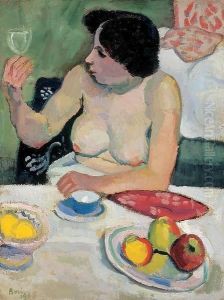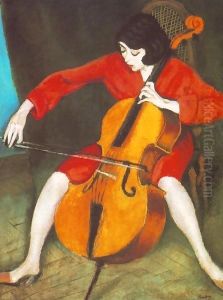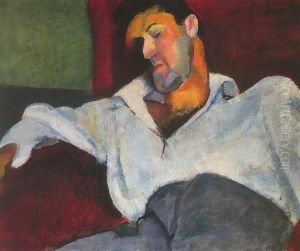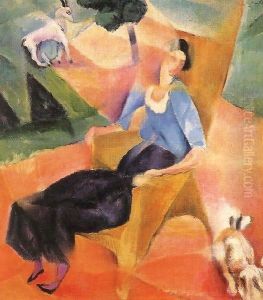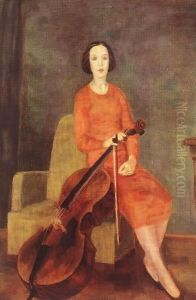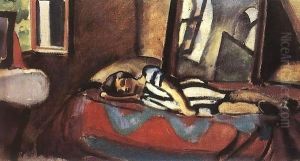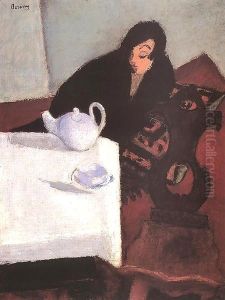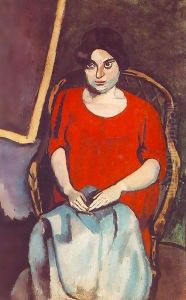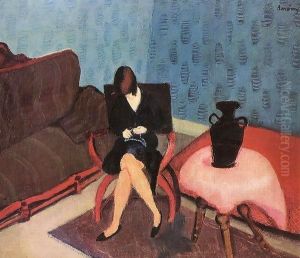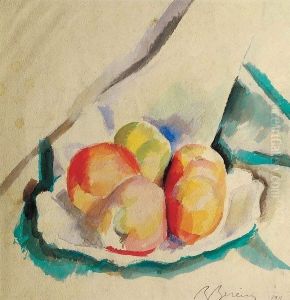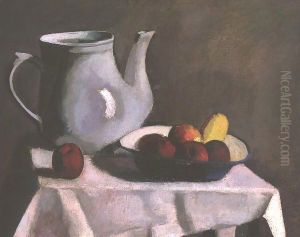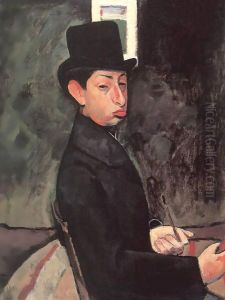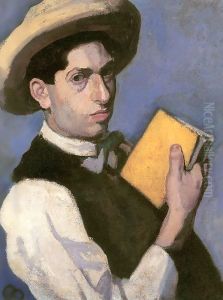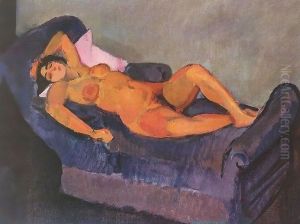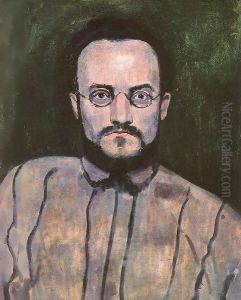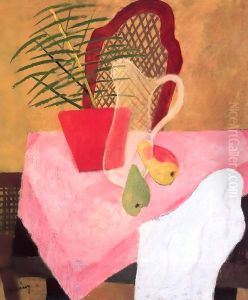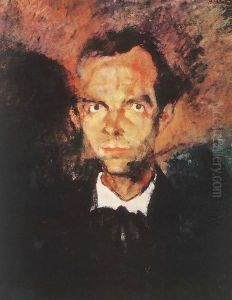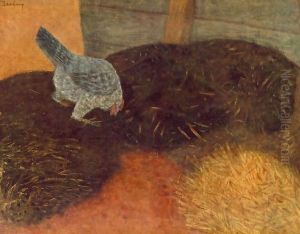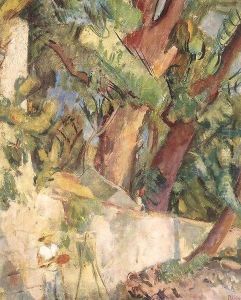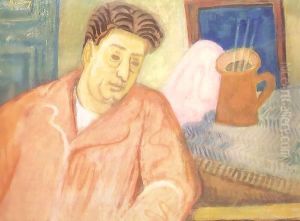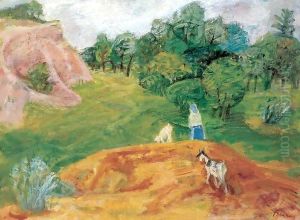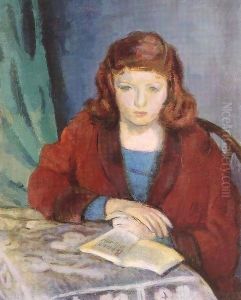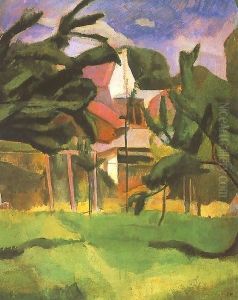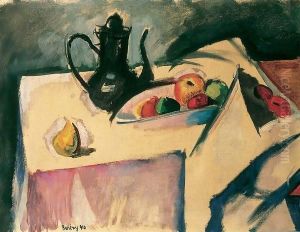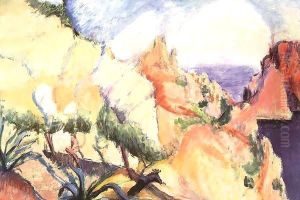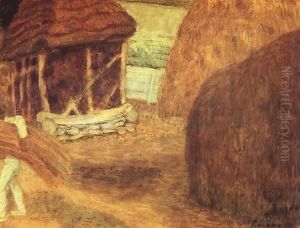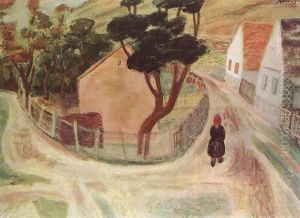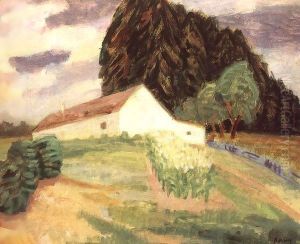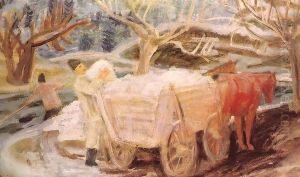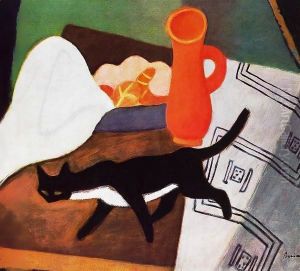Paul Brill Paintings
Paul Brill, born in Antwerp in 1554, was a Flemish painter who is best known for his landscapes. He moved to Rome around 1570, where he became influenced by the naturalistic landscape style that was developing there. This was a departure from the Mannerist style that was prevalent in much of Europe at the time. In Rome, Brill's work came to the attention of Pope Gregory XIII, who became one of his patrons.
Brill worked for a time in the Vatican under the direction of the landscape painter Matthijs Bril, who was his older brother. After his brother's death in 1583, Paul took over the workshop and continued to receive commissions from the Vatican. His landscapes began to reflect a more classical and serene sensibility, often incorporating biblical and mythological scenes set within expansive natural settings.
Brill's work had a significant influence on the development of landscape painting in Italy and was also influential in the Northern European tradition. His style is characterized by detailed naturalism, combined with a sophisticated sense of composition that often includes small figures to indicate scale and add life to the scenes.
Throughout his career, Paul Brill evolved his approach to landscape painting, and his later works are noted for their panoramic views and use of atmospheric perspective. He was also adept at painting serene waterscapes and dense, wooded scenes. Brill's contribution to the development of landscape painting was significant, and his work continued to be highly valued long after his death in Rome in 1626. His paintings can be found in many major museums across the world, including the Louvre in Paris and the Vatican Museums.
